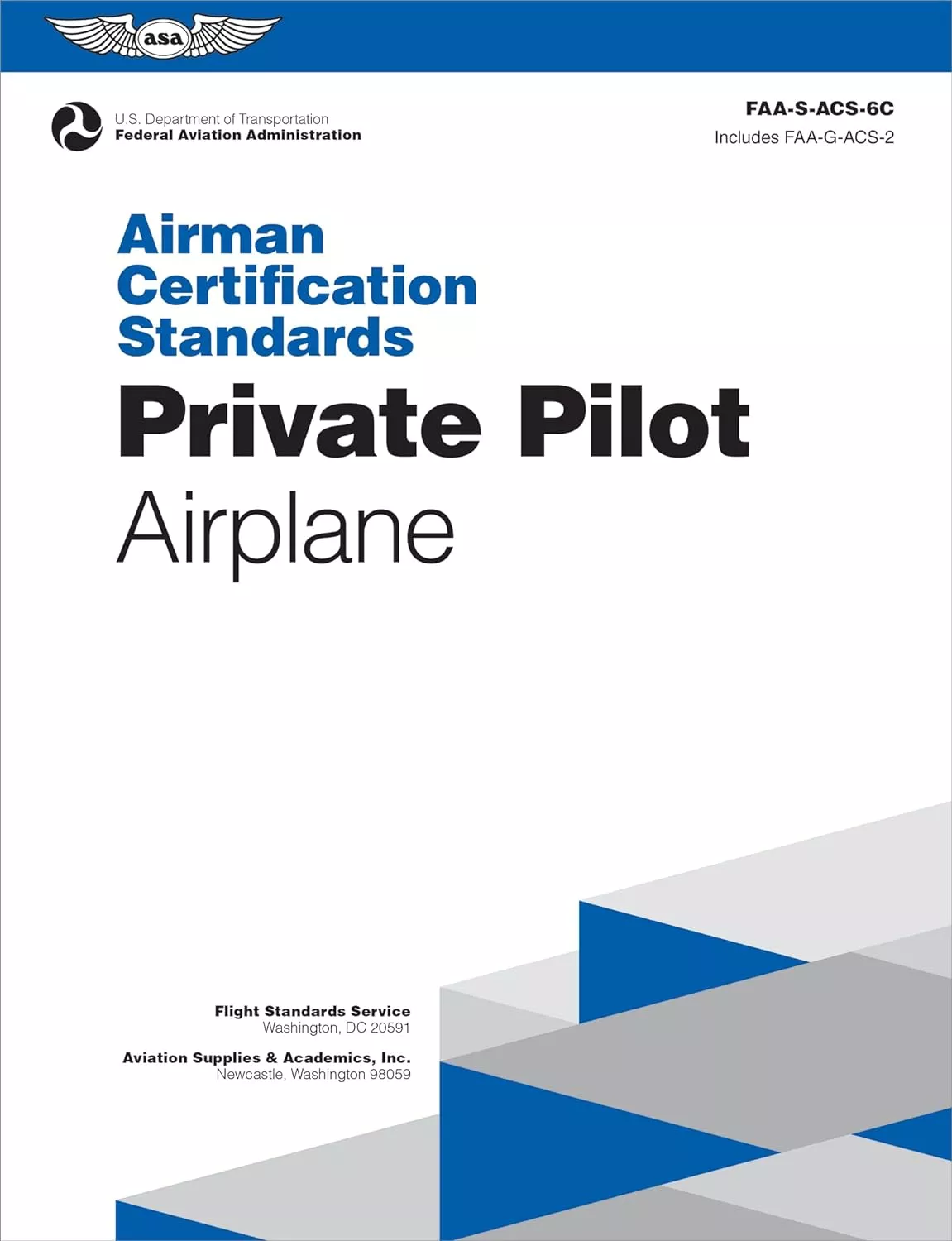
Navigating the complex world of aviation requires a solid understanding of the standards established by the Federal Aviation Administration (FAA). The Airman Certification Standards: Private Pilot – Airplane (2024) document is crucial for aspiring pilots. This article delves deeper into its features, benefits, and what makes it an indispensable tool for achieving private pilot certification.
Product Features
| Feature | Description |
|---|---|
| Product Name | Airman Certification Standards: Private Pilot – Airplane (2024) |
| Manufacturer | Federal Aviation Administration (FAA) |
| Publisher | Aviation Supplies & Academics (ASA) |
| Effective Date | May 31, 2024 |
| Includes | FAA-G-ACS-2 Companion Guide |
| Content | Aeronautical knowledge, risk management, and flight proficiency standards |
| Target Audience | Aspirants for Private Pilot Certification |
Product Overview
| Pros | Cons |
|---|---|
| Comprehensive coverage of certification standards | May be too detailed for casual readers |
| Trusted source backed by the FAA | Requires commitment to study |
| Clearly outlines knowledge and skill requirements | Limited visual content, mostly text |
Understanding Airman Certification Standards
The Companion Guide that accompanies the Airman Certification Standards (ACS) is a vital resource for aspiring private pilots. It enriches the core document by providing an enhanced context and clarifying the benchmarks set forth in the FAA-S-ACS-6C. I’ve found that using this guide simplifies the preparation process significantly, allowing candidates to delve into the specific knowledge and skills required for successful FAA certification.
Within this guide, I appreciate the extensive resources it offers, such as practical examples and explanations, which are crucial for understanding complex topics. It goes beyond mere definitions by illustrating how certain concepts apply in real-world scenarios. This transition from theory to practical application can be a game-changer in mastering aeronautical knowledge.
To effectively utilize both the ACS and its Companion Guide, I recommend a structured study approach. Start with the ACS to understand the foundational requirements and then cross-reference with the Companion Guide for deeper insights. I’ve found that integrating flight proficiency tasks with risk management principles from both documents helps reinforce learning. This strategy not only enhances test performance but also promotes a comprehensive understanding of effective flight operation techniques, ensuring that I am well-prepared for practical flying tests.
Using the ACS Companion Guide for Success
The ACS Companion Guide serves as an invaluable resource that complements the Airman Certification Standards (ACS) by providing applicants with additional insights and resources. It is designed to bridge the gap between theoretical knowledge and practical application, which can be especially beneficial during preparing for the private pilot certification. Through detailed explanations and examples, the Companion Guide sheds light on the various tasks and knowledge areas laid out in the ACS, helping applicants acquire a deeper understanding of what is expected during their evaluations.
I find that combining the ACS and the Companion Guide enhances my learning experience tremendously. The Companion Guide often offers tips, illustrations, and references that clarify complex concepts found in the main document. For example, if I encounter a concept in the ACS that seems ambiguous, the Guide is likely to break it down further, making it easier to digest. Using both documents in unison allows me to identify any gaps in my knowledge, ensuring that I am thoroughly prepared for both the written exams and practical flight tests.
To maximize the effectiveness of both resources, I suggest reviewing the relevant section of the ACS first. Following this, I turn to the Companion Guide for additional context and practical applications. This strategy not only solidifies my understanding but also boosts my confidence, leading to improved performance on the FAA’s certification assessments. By leveraging both the ACS and its Companion Guide, I ensure a well-rounded preparation experience that leaves no stone unturned.
Conclusions
In summary, the Airman Certification Standards: Private Pilot – Airplane is an essential resource for anyone serious about obtaining a private pilot certification. Its comprehensive framework not only aids in understanding requirements but also fosters the necessary skills and knowledge for aspiring pilots. Investing time in its study will undoubtedly pay off in achieving certification success.